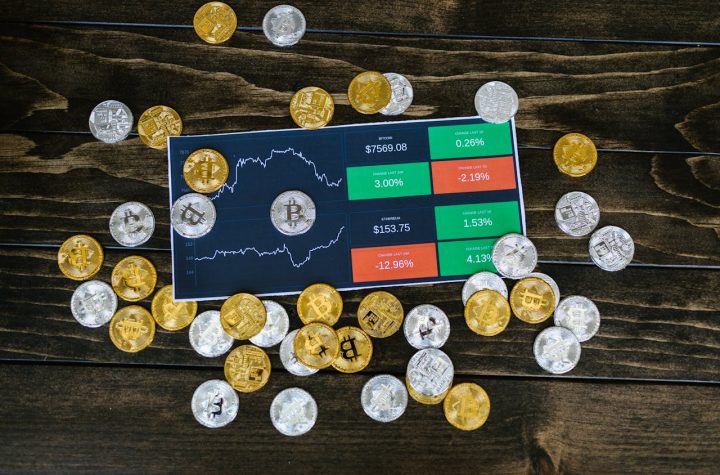
Ain’t it quite ironic that we have such great consoles today with an array of games yet the prices of games and consoles combined remain sky high. Well, looking at the pricing, it wasn’t always like this, the 1990’s were an important period in the world of video gaming, Looking back those were the times we used to debate and think about using our pocket money but that being said, let us take a look at what pricing model games used in 1990 and examine how this has altered our gaming memories!
Screening video game prices in the 90s
The decade witness various developments such as Super Nintendo and Sega Genesis which made consoles even popular than before. But with the introduction of these consoles the prices of game consoles also escalated from around 50–60 dollars, Pretty steep prices compared to the price of other games.
With each console came newer expectations – better graphics, immersive experiences, and so much more, and with such demands came sacrifices too, the demand for unforgettable experiences led to more investments in studio development and greater prices to be paid overall.
Changes in Video Games Costs Over Time
The cost of video games did rise to about 50 dollars by 1990, however early video games were less expensive. The prices definitely did trend toward an upward direction as new games entered the market.
Quality production and marketing became the focus as more people started playing video games, and so pricing these services began to trend upwards. New technologies and enjoyable gaming experiences all of which came with this new era of gaming content development compelled many gamers to break the bank.
Video Game Prices in the 1990s: From SNES to NES
Title pricing for Super Nintendo (SNES) and the Nintendo Entertainment System have been witness to a wide difference since the early 90s, with NES games priced from $40 to $50 on a conservative end. Despite SNES being newly developed, the majority of s deal, did range from 50 dollars to 70 dollars suggesting a more advanced console.
This changed as deployment costs for consoles started to rise, greater graphics and gameplay faster games more fuel. With the improvement in technology came requirements for more resources which in turn means that there does exist a price threshold on how much people are willing to spend.
Let’s take a brief Overlook of What was Popular in the 1990s
An era riddled with many coming of games such as Doom and Street Fighter II, quite the start to the new era with more 3D graphics and the introduction of CD-ROM!
The acquisition of consoles across more homes set the stage for more gaming to be a norm. With the arrival of multiplayer support, it was all the more thrilling as friends could also join. Pixels have evolved into detailed characters that made the game engrossing. Such advancement fascinated and paved way for trends that we still see.
If we look closely, the history of video game pricing has gone through a drastic transformation throughout the decades. A lot of games went for around fifty dollars in the start of the 90. That is a world apart from previous generations where certain games went for sometimes half the price or thereabouts. This indeed was a huge change and also showed advancement of the industry.
Such factors made game developers increase their budgets as they decided to add intricate graphics and a plot line into the games. As a result, there was a perpetual motion machine for price alterations to keep up with these features. Over the years gaming has included everything but come at a cost.
The 1990s were bustling with rapid progress across various technological sectors. The video game market was ever evolving and that trend luckily still stands today.
There was a time when video games were just another source of entertainment (like watching television shows), Instead of gaming starting from first-person shooters to serious role-play video games. Prices ranged from an affordable 40$ to 60$, whereas copies of Super Mario Bros. started around 70$. The highest sales recorded in the decade of the 90s were greatly aided by multiple first-party publishers, Nintendo, Sega and Sony, this greatly aided in the push towards more advanced gaming, but that was just the beginning. With the growth of gaming, the community sought higher expectations, and with it, better graphics, storylines, and production value. Now the age of intro and outros, backstories, and expansions begun, all thanks to the slashing of $50 on the count for releases in that era. $50 on video games was more than enough to revolutionize gaming, the birth of competitive gaming. While the episode of gaming at that time was the NES, one could say the transition to $50 video games ushered in a whole new episode in gaming. Not only console developers like Sega and Nintendo, but also the entire video game market expanded and evolved towards ambitious graphics and game titles.
Pricing Scenarios in the Gaming Industry
The same thing with other things, the game pricing structure depends more on the consumer market. Paul and others observed in their Works that the cost of advancing game genres and gaming consoles has highly differed. Game industry pricing scenarios in the 90s neared a singularity as they are accurate in a context near surprizing.
Take for example, a couple of titles a decade apart. The first being NBA Jam TE requiring $50 off of game shelves with no extra accessories, and MDK with a much lower shelf price of $30 due to the lack of popularity. On some occasions, there were also special sets and even controllers that went on sale and drove the price up further. That would depend first of all on the board and potentially the nigh scenery to their favorite agility games. These changes depended on the peripherals market and the penetration policies regarding localized ppc offers, among other factors.
Notable Video Game Pricing Information
At least by the titles of the 90s, the pricing trends seem to sell off at the right moment in the set strategies for collectors. Many great titles were sold in the $50 range back then and hence in the modern day, a sub 3 digit pricing policy only makes sense because of how high and inflated production costs got because of broadening technology inflow. 50 dollars gaming consoles were possible due to all 90s video games placing a cost above 4 digits on releases.
The conclusion drawn by previous works was that with the help of lower budgets for video game prices, Higher video game prices ended up allowing for a higher level of investment by game studios. Vastrofa observes a potential future where altering all video game designed consoles will allow people the potential to decide the price of video games, although consumers grapple with the price increase.
Impact of Game Budgets
The price game effort for creation in the 1990s should be explained. The development expense transcended after a time as technology did. This change meant that businesses had no choice but to pour massive sums of money into new style of playing and graphics, hence, new models of games began.
The budgets also brought expectations on quality and sales on another level. It was sought after that this would result in a high level of sales that would justify the expenses made. This economic aspect further caused the game developers to dwell on titles that made the franchise sell because the new markets were rapidly changing.
Valuable Old Video Games
There SRP, some retro games have turned into artifacts in the most amazing case. Some of them go for auction sides, always look for more than a few hundred dollars – coffee always sells “Super Mario Bros” and “The Legend of Zelda.” This is particularly the case because of its limited stock and trophies feeling.
Age has a determining factor of worth, as well. A normal game worth 15 pounds might as well be worth 10 times if it is untouched. These do create a market for old school games which could be cool and enjoyable at the same time for hardcore fans as well as investors.
The Costs of Different Consoles Over the Years
Consoles seem to have a huge impact on game prices as well as on what people bought throughout the 90s decade. For example, in 1991, the Super Nintendo was released, and for the most part, this console was priced around $200. However, people were also able to purchase the Sega Genesis for about the same price yet they were able to have completely different gaming experiences.
The price of these console sets also set future expectations for video games. Gamers expected big titles to be able to rival the price that was spent on the console set. In the same vein, as better technology was invented and the older generation was replaced, game forms and how the games were created evolved as well, meaning that conservatively, the game cost more to make.
The relationship between the prices of the console and the cost of the games created a culture that still exists to the present day. It is quite interesting to look back and understand the world we were living in to appreciate everything new that has come to the world of the gaming industry.




More Stories
How to Entertain a 9 Year Old: Vibrant and Engaging Games
Board Game Night Ideas for Teens: Tips for Hosting a Unique and Special Game Night
Family Game Night Essentials: Must-Have Games for All Ages